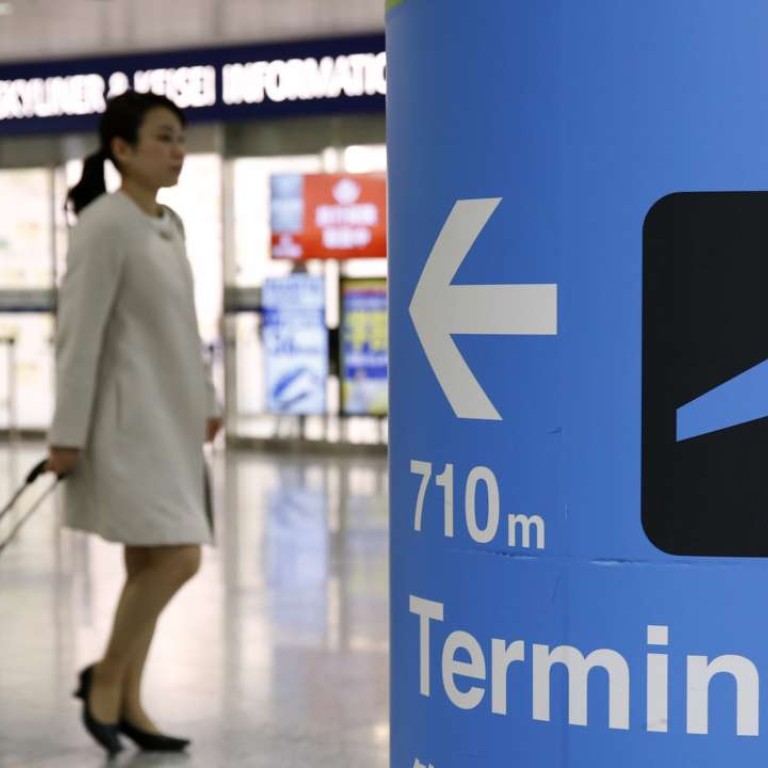
Wish you were here: Japan sets target of 60 million foreign visitors each year by 2030
Japan now aims to welcome 40 million foreign visitors annually by 2020 – double the previous target – and 60 million by 2030, under a new government tourism strategy compiled on Wednesday.
The government has raised its target for 2020, when Tokyo will host the Olympic and Paralympic Games, from the previous 20 million amid expectations that the figure will be reached before then thanks to the rapid growth in tourist arrivals in the country.
The plan was formulated in a series of government tourism vision meetings headed by Prime Minister Shinzo Abe, who announced the new targets on Wednesday.
Cruise ships packed with Chinese tourists pour into Japan
Abe’s administration has held up tourism as a key part of its broader economic growth strategy. The government had been considering raising the visitor targets since it began holding the tourism vision meetings in November last year.
Last year, a record 19.74 million foreign visitors arrived in Japan, spending about 3.48 trillion yen (US$30.93 billion), according to government data.
While relaxed visa and duty-free shopping regulations and a weak yen have seen foreign tourists flock to the country in recent years, accommodation providers in major cities have struggled to keep up with demand, prompting a rise in initiatives to attract tourists to less visited regions.
The new plan aims to boost annual spending by foreign tourists to 8 trillion yen by 2020 and 15 trillion yen by 2030.
Whether spending can be more than doubled by 2020 is likely to hinge on the provision of sufficient accommodation facilities, which are especially lacking in Japan’s major cities.
The plan provides for floor space regulations pertaining to accommodation providers to be relaxed, encouraging them to reduce the current shortage of available rooms, and for the promotion of paid accommodation in private homes.
The plan’s other major focus is a drive to direct foreign tourism towards regions outside the country’s main centres. Economic growth in these regions is under threat from a population drain.

To this end, the plan calls for improved air access to regional airports, specifically on low-cost carriers, and for the regions to use their cultural assets to attract foreign tourists.
The government has set an annual target of 70 million visitor nights outside the country’s three main urban areas centering on Tokyo, Osaka and Nagoya by 2020, just under three times the current number spent by foreign tourists.
The plan also provides for the revitalization of tourism in the Tohoku region in Japan’s northeast as part of its general rebuild following the March 2011 earthquake and tsunami disaster.
Wanted: six full-time ninjas to promote Japan’s Aichi prefecture
Aiming to expand the well-trodden “golden route” from major destinations like Tokyo and Osaka to other regions, the plan has earmarked 200 locations nationwide with exploitable cultural assets, including shrines, castles and traditional performing arts.
The plan calls for the provision of more guides fluent in major languages throughout the regions.
It also sets a target of 24 million foreign tourists arriving for repeat visits annually by 2020, about twice the current number.
Not neglecting domestic tourism, the plan also includes measures for keeping spending by Japanese tourists within the country steady.

